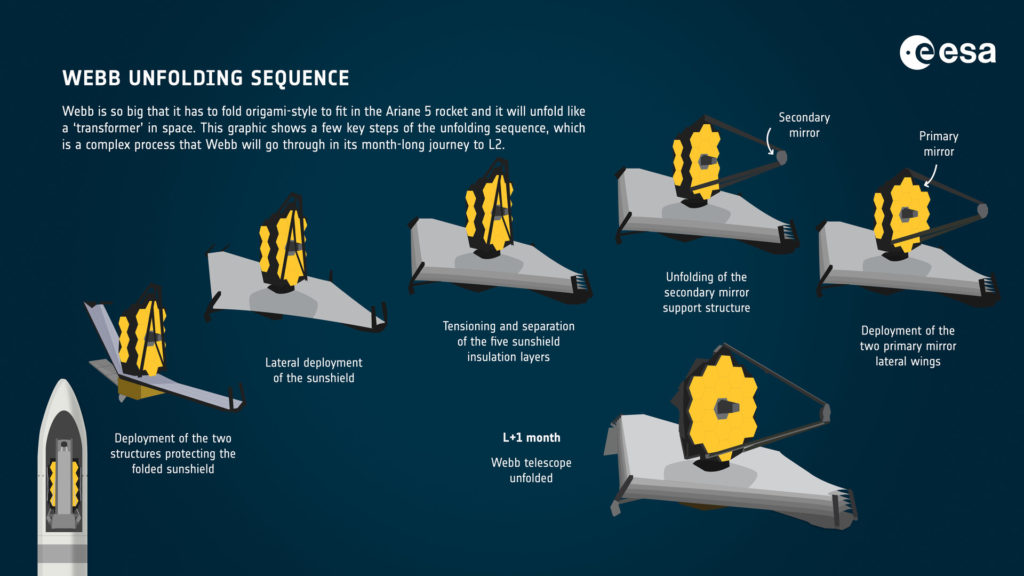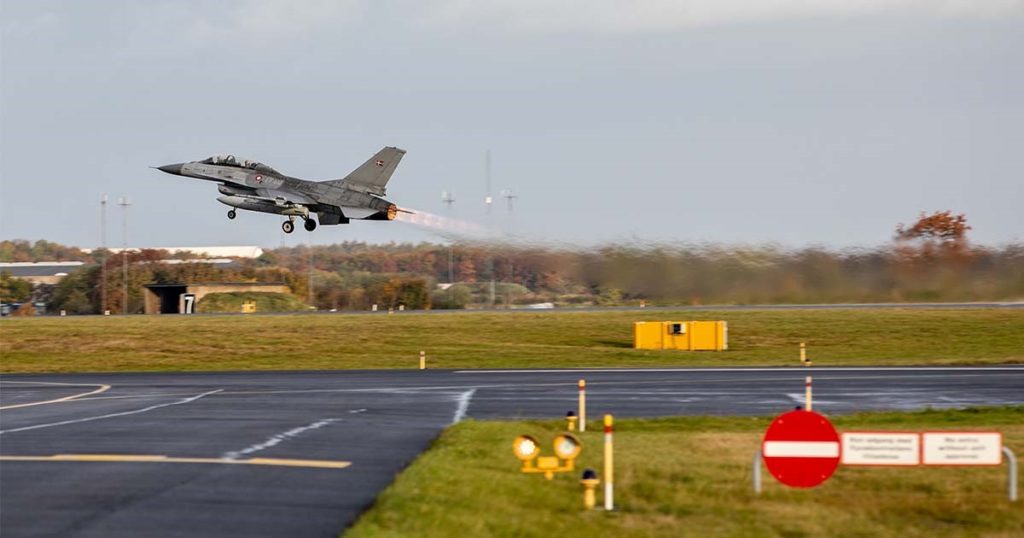GADSS A new Global Aeronautical Distress and Safety System to improve aviation safety
The tragic disappearance of Malaysia Airlines flight MH370 in 2014 highlighted the need to improve the global air navigation system, especially over remote and ocean areas, including near Australia.
As a result, the new Global Aeronautical Distress and Safety System (GADSS) has been developed by the International Civil Aviation Organization (ICAO), member States and the aviation industry.
In its role as the Australian aviation search and rescue coordination agency, the Australian Maritime Safety Authority (AMSA) contributed significantly to the development of search and rescue elements of the GADSS following the extensive search for MH370.
The GADSS aims to deliver incremental improvements in global capability to track flights, automatically detect flights behaving abnormally and provide timely distress alerting and accurate location data for search and rescue and accident investigation, anywhere in the world.
The GADSS consists of three key elements:
- Aircraft Tracking – leverages existing technology to improve gaps in global aircraft tracking.
- Autonomous Distress Tracking – new system with global coverage that automatically activates and transmits an aircraft’s position when a distress condition is detected in-flight.
- Post-Flight Localization and Recovery – timely accident site location and recovery of flight data to assist search and rescue efforts and accident investigation.
As a member of ICAO’s multidisciplinary working group, AMSA continues to work with ICAO partners and Australian aviation agencies on the development and implementation of the GADSS.
AMSA Executive Director Response Mark Morrow said: ‘International Civil Aviation Day is an opportunity to highlight the importance of major advancements in global airline tracking, including for search and rescue.
‘The disappearance of Malaysia Airlines flight MH370 and high-profile aircraft accidents such as Air France flight AF447 in 2009, highlighted areas for improvement in the global air navigation system.
‘ICAO and member countries like Australia – along with the aviation sector – have worked together to more effectively respond to incidents by developing the GADSS.
‘At this stage, implementation by new large aircraft is the priority for the GADSS. Operators may also choose to retrofit their older aircraft or equip their smaller aircraft.
‘AMSA has been actively involved in the development of the GADSS from its beginning and we welcome the improvements it brings to the global search and rescue system.
‘Australia is responsible for one of the largest search and rescue regions – around 10% of the earth’s surface – where aircraft fly some of the most remote oceanic areas in the world.
‘Although air travel is very safe, the GADSS provides an improved level of assurance that if an aircraft has an in-flight distress event, it will automatically be detected, notified and tracked.’
Morrow said AMSA has increased its engagement with ICAO in recent years to help improve the global SAR system.
He added: ‘We have made significant contributions such as leading the evolution of the first ICAO Asia/Pacific Search and Rescue Plan, providing technical development assistance to Australia’s regional neighbours and helping to shape the GADSS.
‘Australia is committed to the highest aviation safety standards and measures, including search and rescue, set by international convention through ICAO.’
AMSA, as the national aviation search and rescue authority, works with partner aviation safety agencies to maintain Australia’s high aviation safety standards and the delivery of aviation services.
To learn more about GADSS Concept of Operations readers are invited to see here:
Illustration per ICAO and AMSA © .

IALA Publications – January 2022
At the 74th session of the IALA Council in December, as part of a policy to support the vital work of IALA members around the world, issue was approved of two recommendations, twelve guidelines and three model courses.
Here below the documents are listed and may be downloaded at no charge:
Recommendations
Revised R0139 The Marking of Man-made Offshore Structures Ed3.0.
See here: https://www.iala-aism.org/product/marking-of-man-made-offshore-structures-o-139/
Revised R0126 The Use of AIS in Marine Aids to Navigation Ed2.0.
Guidelines
Revised G1078 The Use of AtoN in the Design of Fairways & Channels Ed2.0.
Revised G1054 Preparing for an IMO Audit on Aids to Navigation Service Delivery Ed2.0.
Revised G1128 The Specification of e-Navigation Technical Services Ed1.3.
See here: https://www.iala-aism.org/product/g1128-specification-e-navigation-technical-services/
New G1162 The Marking of Offshore Man-made structures Ed1.0.
See here: https://www.iala-aism.org/product/g1162-ed1-0-the-making-of-offshore-man-made-structures/
New G1163 The Marking of Breakwaters and barriers Ed1.0.
See here: https://www.iala-aism.org/product/g1163-ed-1-0-the-marking-of-breakwaters-and-barriers/
New G1164 Management of Maritime Resource Name Organization Identifiers Ed1.0.
Revised G1065 AtoN Signal Light Beam Vertical Divergence Ed4.1.
See here: https://www.iala-aism.org/product/aids-to-navigation-signal-light-beam-vertical-divergence-1065/
New G1165 Sustainable Structural Design of Marine Aids to Navigation Ed1.0
Revised G1014 Accreditation of VTS Training Organizations and Approval to Deliver IALA VTS Model Courses Ed4.0.
Revised G1110 Use of Decision Support Tools for VTS personnel Ed2.0.
See here: https://www.iala-aism.org/product/use-of-decision-support-tools-for-vts-personnel-1110/
New G1166 VTS in Inland Waters Ed1.0.
See here: https://www.iala-aism.org/product/g1166-ed1-0-vts-in-inland-waters/
New G1167 VTS Management Ed1.0.
file:///C:/Users/Paul/AppData/Local/Temp/G1167-Ed1.0-VTS-Management.pdf
Model Courses
Model Course C2001-8 L2 Module 1.13 Maintenance of Steel Buoys Ed3.0.
See here: https://www.iala-aism.org/product/c2001-8-l2-module-1-13-maintenance-of-steel-buoys-ed-3-0/
Model Course C2001-9 L2 Module 1.14 Power Sources on Buoys Ed3.0.
See here: https://www.iala-aism.org/product/l2-module-1-14-power-sources-on-buoys-ed-3-0/
See here: Model Course C2007-1 L2 Module 7.1&2 Racons Ed3.0.
https://www.iala-aism.org/product/l2-module-7-12-racons-ed-3-0/
Other IALA publications
Members may wish to be rediscover The IALA VTS Manual issued in 2021
The VTS Manual has been a signature document and information source for Governments, Competent Authorities, VTS Authorities, mariners and allied services since first published in 1993. The Manual is a product of collaboration by the world’s leading experts through the VTS Committee, which has the primary oversight for its compilation and editing.
The membership of IALA represents most of the world’s leading national maritime authorities whose delegates are widely experienced VTS professionals.
The IALA VTS Committee is also supported through participation from relevant international sister organizations. This ensures that the Committee is able to speak with international authority on VTS matters and, importantly, to develop new procedures to meet the emerging needs for modern traffic management and to enhance maritime safety.
The 41-page A4 Manual is available to download at no cost here:
https://www.iala-aism.org/product-category/publications/manuals/
In addition Members may wish to be aware of The IALA Navguide:
The IALA Marine Aids to Navigation Manual, otherwise known as The Navguide has been a signature document and information source for IALA members and users for many years. The 2018 edition of the Guide continues this proud tradition and sees it updated with the latest information and developments in the field of Marine Aids to Navigation technology and application.
The Guide is a product of four years’ collaboration by the world’s leading experts on Marine Aids to Navigation, produced by the four primary Committees at IALA, Aton Requirements and Management (ARM); Aton Engineering and Sustainability (ENG); e-navigation (ENAV) and Vessel Traffic Services (VTS). The ARM Committee has the primary oversight for the document’s editing and production.
The Guide plays an important role within the IALA information suite and is regarded as a primary source of information for Marine Aids to Navigation practitioners around the world, along with IALA Standards, Recommendations, Guidelines, Manuals and other publications.
This publication at 184-pages is also available at no charge here:
https://www.iala-aism.org/product-category/publications/manuals/
EASA and Republic of Korea Strengthen civil aviation technical cooperation Letter of Intent signed
The European Plan for Aviation Safety
Early in January the European Union Aviation Safety Agency’s (EASA) Executive Director Patrick Ky and Mr Yong-Seog Kim, Deputy Minister for Civil Aviation for the Ministry of Land, Infrastructure and Transport (MOLIT) of the Republic of Korea (ROK), reported that the previous month they had signed a Letter of Intent to strengthen technical cooperation in the field of civil aviation.
This agreement marks an important milestone in fostering EASA’s relations with Asian authorities and, in particular, it will offer European aviation stakeholders new opportunities to get to know better an important economic player in the region.
The agreement outlines the terms of implementation of the Aviation Partnership Project (EU-ROK APP), which forms part of an EU-funded programme running until 31 March 2024. The programme’s aim is to enhance and strengthen the partnership between the European Union and North Asian countries in the domain of civil aviation.
Following the Memorandum of Understanding (MoU) between EASA and MOLIT from 2019, the agreement further reinforces the partnership between EASA and MOLIT. It sets the frame and principles of cooperation in a wide range of domains such as:
- Air Operations.
- Air Traffic Management (ATM).
- Aviation Safety.
- Sustainable Aviation.
- Aviation Security.
- Unmanned Aerial Vehicle (UAS) and Urban Air Mobility (UAM).
More information and details is available on the project page here:
The European Plan for Aviation Safety
In mid-January the European Union Aviation Safety Agency (EASA) published the 11th edition of the European Plan for Aviation Safety (EPAS).
EPAS sets out the strategic priorities and main risks affecting the European aviation system, and defines the necessary actions to mitigate them, with the primary objective of further improving aviation safety. EPAS is the regional aviation safety plan (RASP) for EASA Member States. It supports safety management at State level and constitutes the main input to the EUR RASP for the ICAO EUR Region.
The Covid-19 pandemic continues to have significant repercussions for the entire aviation sector. Accordingly, recovering from the crisis without adversely affecting the high level of safety performance is included as a new focus area within the existing strategic priorities.
In addition to addressing the safety issues emerging from Covid-19, this edition supports the further modernisation of the aviation system, in the areas of safety, efficiency, level playing field and environmental protection.
The Plan is available here: https://www.easa.europa.eu/downloads/134920/en
Webb’s mirror deployed

According to the European Space Agency (ESA) on 8 January 2022 the James Webb Space Telescope team successfully fully deployed its iconic 6.4-metre, gold-coated primary mirror, completing the final stage of all major spacecraft deployments to prepare for science operations.
Josef Aschbacher, ESA Director General, commented: ‘The successful unfolding of the Webb telescope has been a complex but impressive engineering masterpiece. On behalf of ESA, I want to sincerely congratulate our colleagues at NASA for this achievement.
‘Webb is an international partnership led by NASA, where ESA is providing key contributions in the form of instruments, science teams and, very importantly, a successful launch on Christmas Day from the European Spaceport in Kourou. I am grateful to NASA, CSA and our European team including CNES, Arianespace and ArianeGroup for this excellent cooperation.’
The two wings of Webb’s primary mirror were folded to fit inside the fairing of an ESA-provided Ariane 5 rocket prior to launch. After more than a week of other critical spacecraft deployments, the Webb team began remotely unfolding the hexagonal mirror segments of the largest mirror ever launched into space.
This was a multi-day process, with the first (port) side of the mirror deployed on 7 January and the second (starboard) side of the mirror deployed on 8 January. Mission Operations Center ground control at the Space Telescope Science Institute in Baltimore began deployment of the starboard mirror at 1353 GMT/1453 CET. Once the primary mirror’s second side panel extended out and latched into position at 1817 GMT/1917 CET, all deployments were declared complete.
To align the optics
The world’s largest and most complex space science observatory will now begin releasing and moving its 18 primary mirror segments to align the telescope optics. The ground team will command 126 actuators on the reverse side of the segmented mirrors into position and flex each mirror – an alignment process that will take months to complete. Then, the science instruments will undergo a calibration period, prior to delivering Webb’s first images this summer.
Soon, Webb will also make a third mid-course correction burn – one of three planned course corrections to place the spacecraft precisely in orbit around the second Lagrange point, commonly known as L2, 1.5 million km from Earth. This is Webb’s final orbital position, where its sunshield will protect it from light from the Sun, Earth and Moon that could interfere with observations of infrared light. Webb is designed to peer back over 13.5 billion years to capture infrared light from celestial objects with much higher resolution than ever before, and to study our own Solar System as well as distant worlds.
Professor Günther Hasinger, ESA Director of Science added: ‘We are thrilled that the complex telescope unfolding worked successfully. Now we hold our breath for the optics alignment, the instrument commissioning, and finally the fascinating first science results.’
Ariane 5 launch vehicle
Webb is the largest, most powerful telescope ever launched into space. As part of an international collaboration agreement, ESA has provided the telescope’s launch service using the Ariane 5 launch vehicle. Working with partners, ESA was responsible for the development and qualification of Ariane 5 adaptations for the Webb mission and for the procurement of the launch service by Arianespace. ESA has also provided the workhorse spectrograph NIRSpec and 50% of the mid-infrared instrument MIRI, in collaboration with the University of Arizona. Webb is an international partnership between NASA, ESA and the Canadian Space Agency (CSA).
An animated sequence of the unfolding operation is available here:
https://www.esa.int/Science_Exploration/Space_Science/Webb/Webb_deployment_complete
Illustration per www.esa.int ©
New compact jamming system ready for F-16s
In late October 2021 a Danish F-16 conducted a series of flight demonstrations of the Leonardo Compact Jamming System (CJS) integrated in Terma’s ECIPS-pylon, pictured here. The two companies are now ready to provide the integrated solution to potential customers.
Fighter jets such as the F-16 have a need for protection and the ability to jam enemy radars. The Leonardo CJS-jammer has a small form factor and incorporates modern Digital Radio Frequency Memory (DRFM) technology, making it the obvious choice to integrate into the Terma modified F-16 Wing Weapon Pylon while still retaining the full use of the underwing station to carry standard external stores.
Announcing the evolution shortly before the Festive break Matt Glanville, Head of Strategic EW Campaigns, Leonardo UK, commented: ‘ECIPS-CJS provides F-16 operators with a persistent, gold-standard DRFM jamming capability without taking up a weapons station, so it is ideal for customers looking for a simple and cost-effective way to equip their aircraft with high-powered protection from radar-guided threats.’
Both companies have jointly invested and worked together to develop the concept over the last couple of years and during 2021 the system was tested at Terma and Leonardo System Integration Laboratories:
David Martin, Senior Vice President of Terma Aeronautics, added: ‘Having supported the F-16 war fighter community for over 44 years, supplying over 15,000 pylons and 2,500 ALQ-213 EW Controllers, Terma is excited to be working with Leonardo to bring this advanced self-protection capability to the F-16 war fighter’.
After thorough laboratory tests were passed successfully, the system was put to the ultimate test onboard a Royal Danish Airforce (RDAF) F-16 operated by the test pilot, ‘POL’. He conducted safety of flight sorties followed by several performance demonstrations against an RDAF radar test site with a challenging ground threat emitter.
Several different techniques were employed, and after the test flight, ‘POL’ stated: ‘It has been a very positive experience to be part of the Terma/Leonardo demo programme and I am impressed with the performance of the system, especially since it was the first F-16 flight’.
Terma and Leonardo are now looking forward to discussing more details on the ECIPS-CJS with potential customers.
About Leonardo
Leonardo is a global high-technology company and one of the world’s top Aerospace, Defence and Security providers.
The company has a significant industrial presence in Italy, the UK, Poland and the USA, where it also operates through subsidiaries that include Leonardo DRS (defence electronics), and joint ventures and partnerships: ATR, MBDA, Telespazio, Thales Alenia Space and Avio. Leonardo’s divisions are organised around its areas of technological and product leadership and incorporate helicopters, aircraft, aero-structures, electronics, cyber security and space.
Listed on the Milan Stock Exchange (LDO), in 2020 Leonardo recorded consolidated revenues of €13.4 billion and invested €1.6 billion in research and development.
The company has been part of the Dow Jones Sustainability Index (DJSI) since 2010 and was named the sustainability global leader in the aerospace and defence sector for the second year in a row by the DJSI in 2020.

